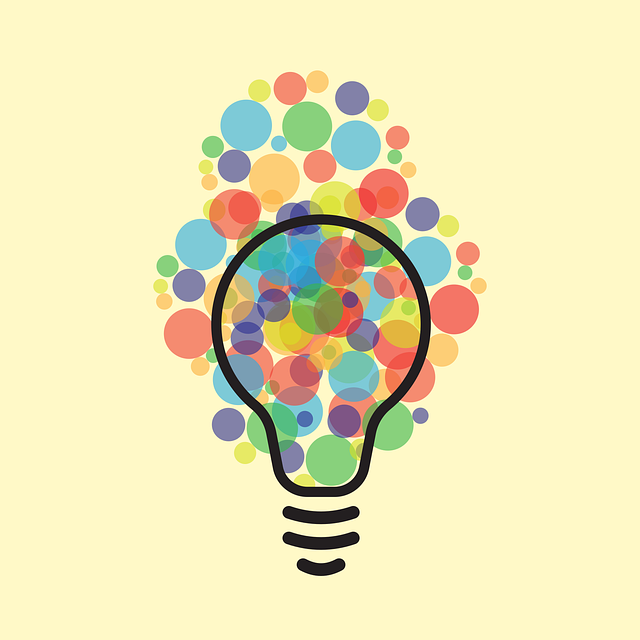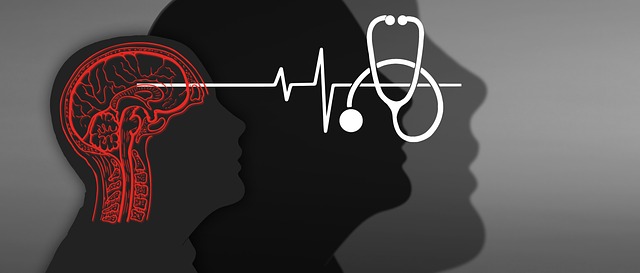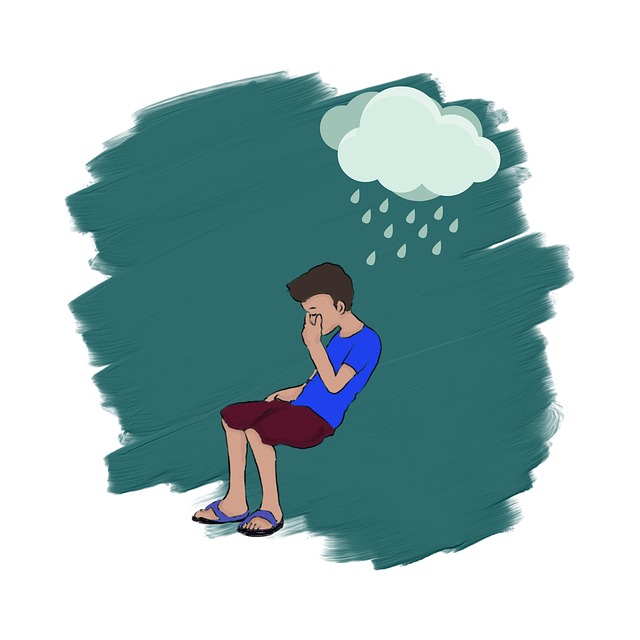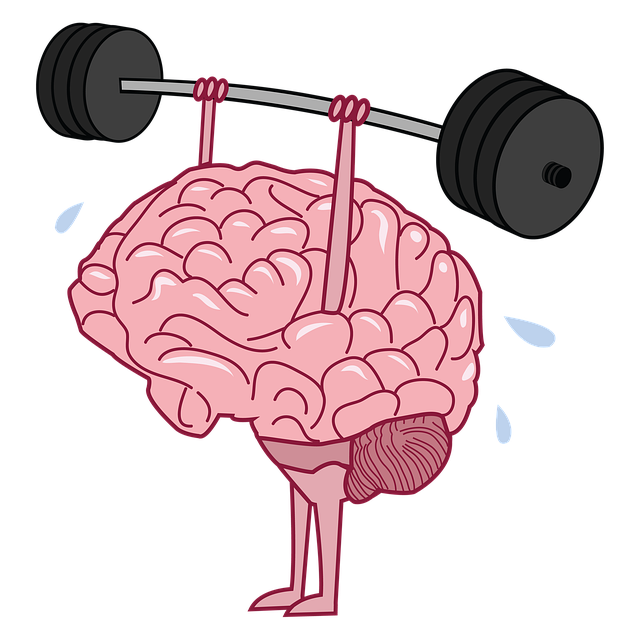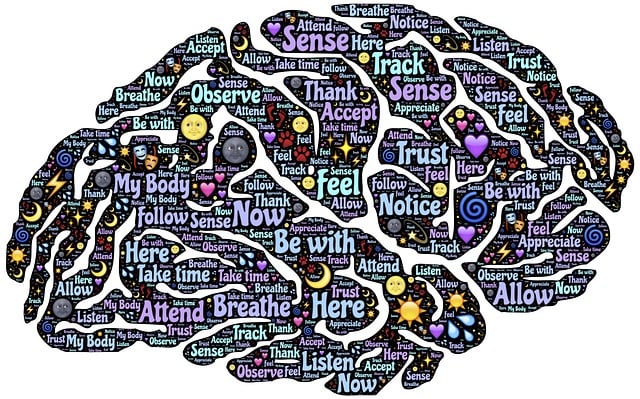For marketing a mental wellness app focused on therapy for adults with EMDR certification, understand that your target demographic seeks evidence-based practices for stress, trauma, and emotional regulation. Your strategy should emphasize the app's role in providing convenient, discreet access to professional EMDR therapy, self-care tools, conflict resolution techniques, and emotional well-being promotion. Tailor content based on demographics like age, gender, location, and psychographics such as personality traits and values. Use storytelling, highlight "EMDR Certified" status, and convey empathy to position the app as a reliable partner for improved emotional well-being.
In today’s digital age, mental wellness apps are transforming lives. To thrive in this competitive market, developers must craft a strategic marketing plan centered around understanding their target audience and leveraging effective channels. This article guides you through developing a robust strategy for the Therapy for Adults EMDR Certified app, focusing on identifying user needs, crafting compelling messaging, exploring marketing channels, and measuring success through data-driven iterations.
- Understanding Your Target Audience
- – Identifying the needs and challenges of adults seeking mental wellness solutions
- – Demographics, psychographics, and behavior patterns of your ideal user
- Crafting Compelling Messaging
Understanding Your Target Audience

Understanding your target audience is a pivotal step in crafting an effective marketing strategy for a mental wellness app, especially when catering to adults seeking therapy and certification in EMDR (Eye Movement Desensitization and Reprocessing). This demographic often faces unique challenges related to stress, trauma, and emotional regulation. By delving into their specific needs, you can tailor your messaging. Many adults are drawn to evidence-based practices like EMDR, which has shown success in treating conditions such as PTSD and anxiety disorders.
Focus on how your app facilitates access to professional therapy services and provides tools for self-care routine development, conflict resolution techniques, and emotional well-being promotion. Highlight the convenience and discreetness that digital platforms offer, appealing to those who may be hesitant about traditional therapy settings. Ensure your marketing material speaks directly to their desire for improved mental health and personal growth.
– Identifying the needs and challenges of adults seeking mental wellness solutions

Adults seeking mental wellness solutions often face a unique set of challenges that require tailored and compassionate approaches. One prominent need is access to effective therapy, with many individuals looking for specialized services such as EMDR (Eye Movement Desensitization and Reprocessing) certified therapists. This therapy type has proven successful in treating conditions like post-traumatic stress disorder (PTSD), anxiety, and depression. However, finding qualified professionals who offer this service can be a significant hurdle, especially in areas with limited mental health resources.
Another critical aspect is incorporating empathy-building strategies into the marketing efforts of such apps. By showcasing how their platform fosters understanding and connection, these apps can attract users seeking not just therapy but also a supportive environment that boosts confidence and promotes self-care. Effective marketing should address these dual needs, highlighting both the therapeutic benefits of EMDR-certified professionals and the app’s role in creating a safe, nurturing space for mental wellness journeys.
– Demographics, psychographics, and behavior patterns of your ideal user

Understanding your target audience is a cornerstone of any successful marketing strategy for a mental wellness app, especially when catering to adults seeking therapy and specialized services like EMDR (Eye Movement Desensitization and Reprocessing) certification. Demographics such as age, gender, and geographic location play a significant role in tailoring content and messaging. For instance, while younger adults might prefer digital-first platforms and interactive apps, older individuals may respond better to traditional outreach methods and peer support groups.
Psychographic factors, including personality traits, values, and lifestyle choices, are equally important. Your ideal user could be someone who actively seeks personal growth, is open to new experiences, and values mental health as a priority. They might be healthcare professionals looking to enhance their skills through EMDR training or individuals dealing with specific traumas who require effective therapy solutions. Behavior patterns suggest that these users are likely to engage in online communities, seek out educational resources, and actively participate in workshops or support groups focused on conflict resolution techniques and cultural competency training, especially within the healthcare sector.
Crafting Compelling Messaging

In developing a marketing strategy for a mental wellness app, crafting compelling messaging is paramount. The key lies in communicating the unique value proposition of your offering, such as EMDR therapy for adults, in a way that resonates with your target audience’s aspirations and challenges. Highlighting the benefits of therapy, like anxiety relief and emotional healing processes, while aligning them with modern lifestyle needs, can capture attention. Use language that speaks to their desire for improved mental wellness and emphasizes how your app provides accessible, effective tools tailored to their specific needs.
Focus on storytelling and sharing success stories where appropriate. This not only humanizes your brand but also demonstrates the tangible impact of your therapy methods. Incorporate terms like “EMDR Certified” to build trust and assure potential users of the app’s credibility and expertise in emotional healing processes. Ensure your messaging is clear, empathetic, and inspiring, positioning your mental wellness app as a reliable partner on the journey towards better emotional well-being.
In developing a marketing strategy for a mental wellness app, understanding your target audience is key. By identifying the unique needs and challenges of adults seeking mental wellness solutions, you can tailor your messaging effectively. Demographics, psychographics, and behavior patterns play a significant role in defining your ideal user. Incorporating relevant keywords like ‘Therapy for Adults’ and ‘EMDR Certified’ ensures your app reaches the right audience. Crafting compelling content that resonates with users will not only attract but also retain them, fostering a healthier mental landscape.




